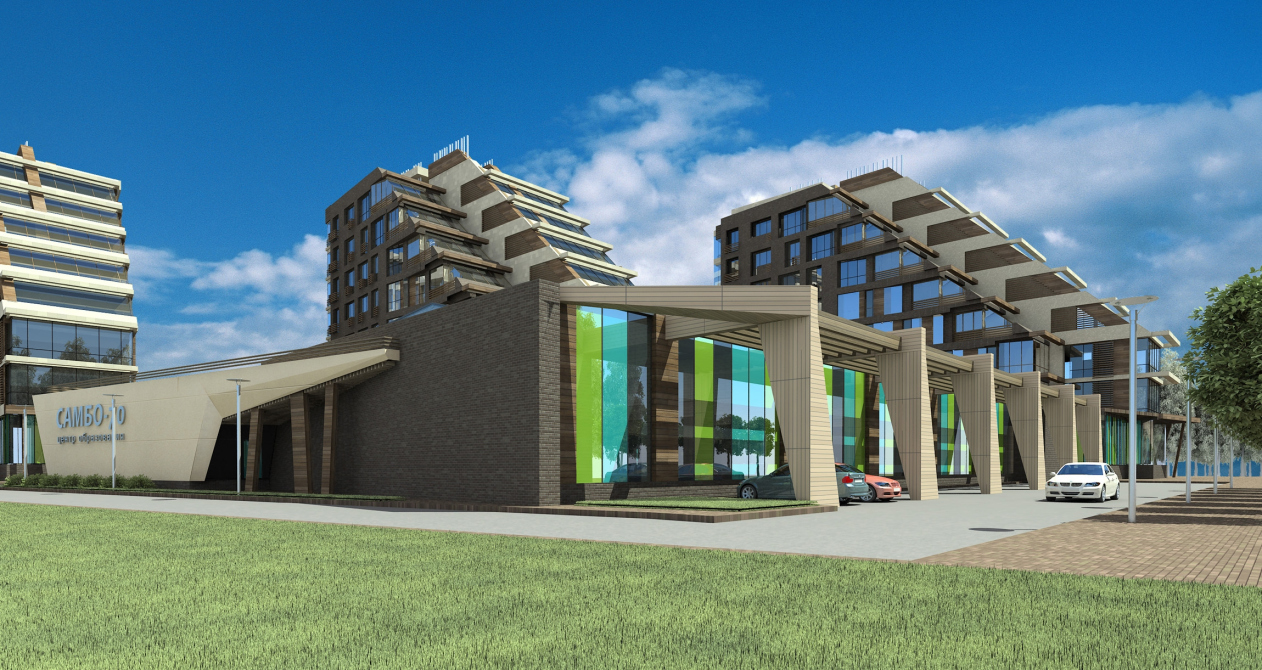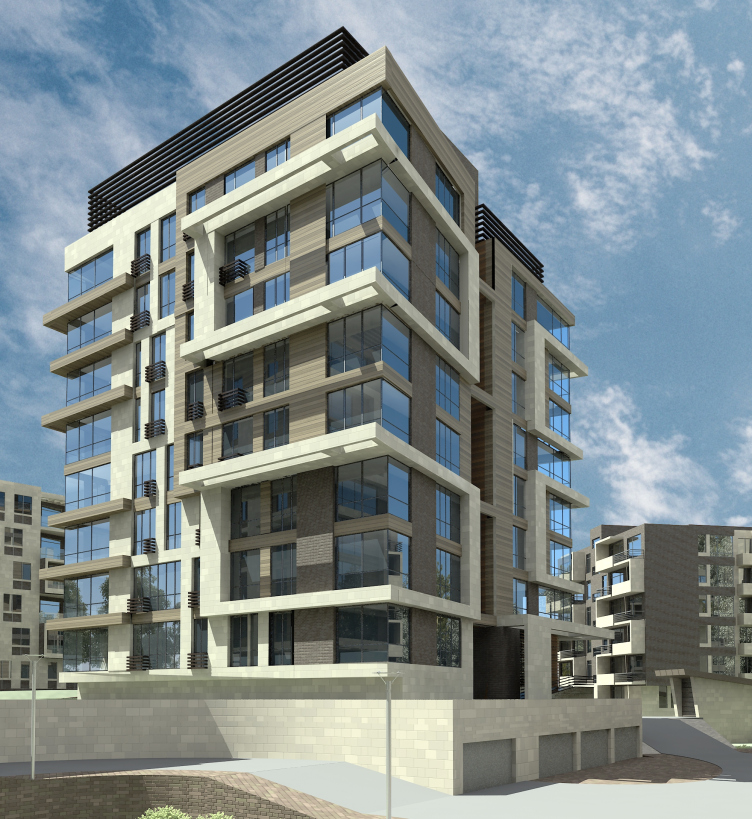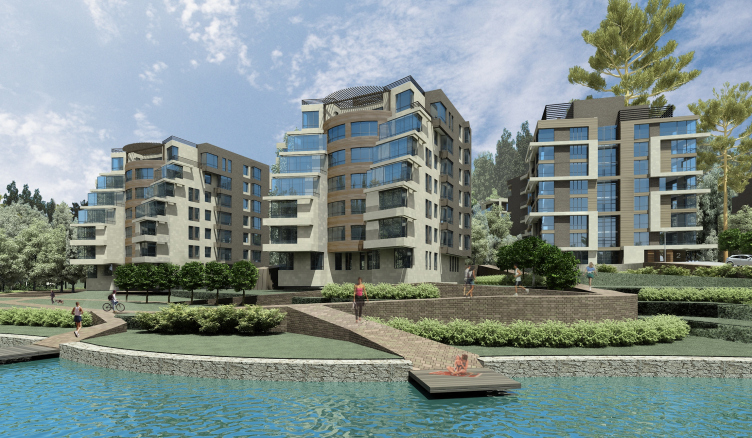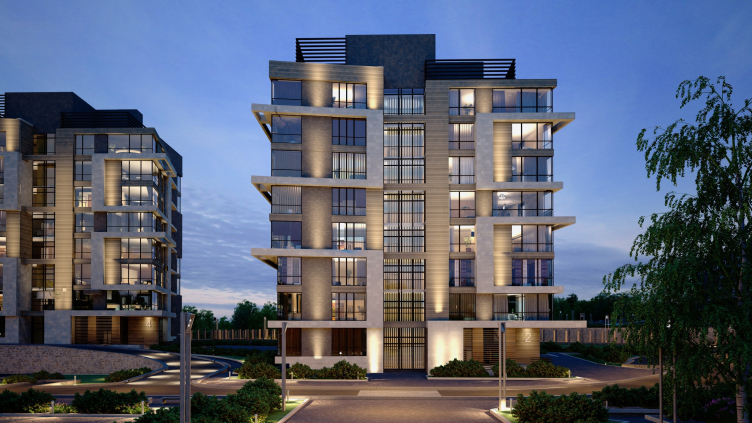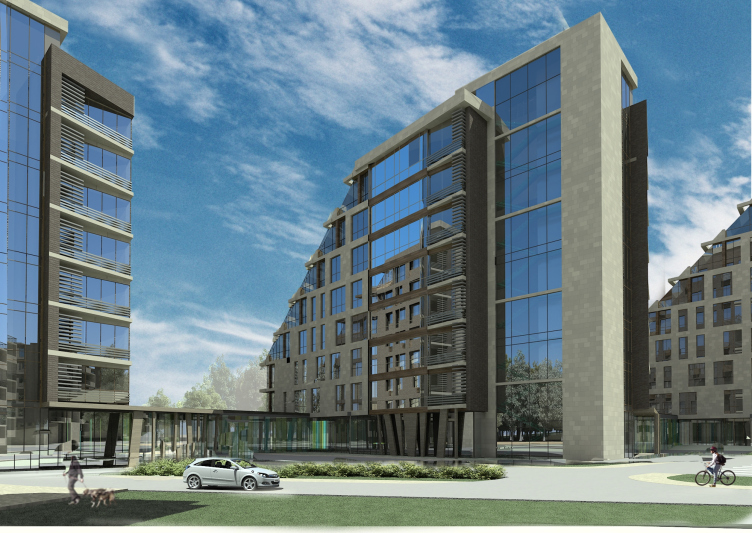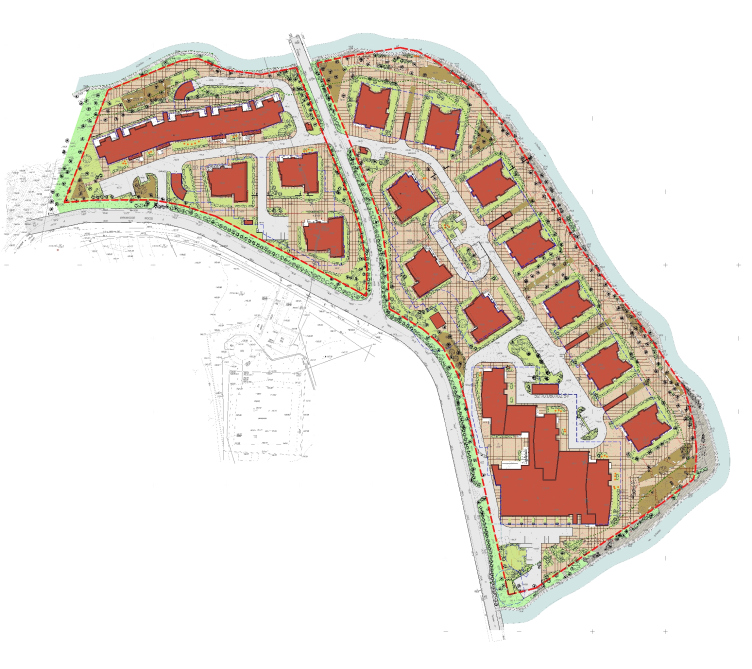
Residential complex "Olympian Village Novogorsk. Apartments" © «Arkhitecturium»
This project is built by the same developer as "Olympian Village Novogorsk" itself, and in "Apartments" a similar business idea is implemented - the residential area neighbors on the highly developed sport/culture complex that is meant to provide for the youngsters an opportunity for balanced growth and all-round development within a walking distance from their homes. It was only the class of the housing that changed: while "Olympian Village" consists predominantly of villas and townhouses, the new neighborhood consists exclusively of apartment houses. The land site with a total area of 6.2 hectares is filled with lamellar houses that include both studio apartments, as well as apartments for young couples and large families.
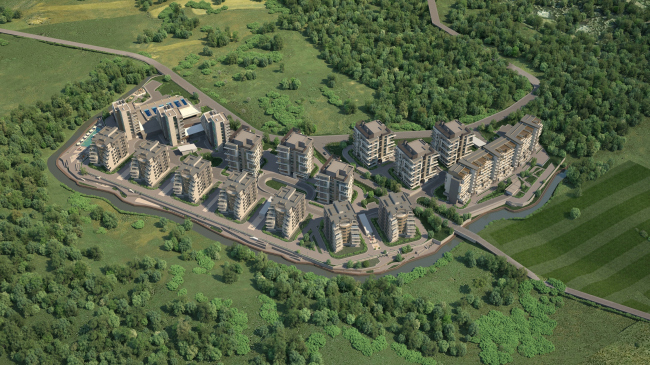
Residential complex "Olympian Village Novogorsk. Apartments" © «Arkhitecturium»
The new complex is located immediately behind the settlement of Kurkino, on the slope between the Kurkinskoe Highway and the Skhodnya River. In fact, it is the southwest of the Moscow suburb of Khimky, even though the city housing has always been non-existent here: hitherto, the only "urbanism element" that violates the idyllic scenery was the highways - the already-mentioned highway and the Yurovskaya Street that leads from the highway over the bridge across the river and further in to the village of Kurkino. The bridge is really old and it will be reconstructed concurrently to the construction of the residential cluster; as far as the street is concerned, it is cutting the land site into two unequal parts, this separation strengthened manifold due to the river-bend location: in fact, the carriage way runs along the bend of the construction blueprint.
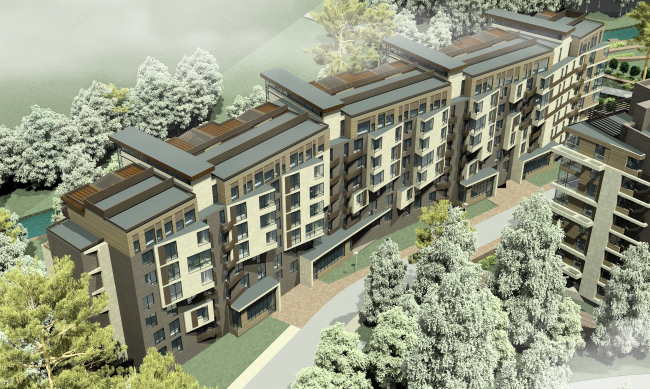
Residential complex "Olympian Village Novogorsk. Apartments" © «Arkhitecturium»
The fact that the land site is in fact split in two, radically influenced the planning of the neighborhood. First of all, the two halves look nothing like one another. The smaller one (if one approaches the site from the side of Kurkino, it is located to the right of the Yurovskaya Street), has a rather sharp height drop (about 10 meters), besides it borders on the forest. The area of the second site is two and a half times as large (4.4 hectares vs 1,8 hectares), it has a relief that is a lot more smooth, and is laid out along the river. The difference between the sites also consists in what across-the-river territory they overlook: across the larger of them, there is a picturesque forest plane, behind which "Olympian Village" is viewable, while the smaller one overlooks the golf field. The latter, according to the developers, guarantees the high social status of the people living here, and the architects responded to it with a luxury five-part house that in fact "expropriates" the right of commanding the views of the elite sport fields.

Residential complex "Olympian Village Novogorsk. Apartments" © «Arkhitecturium»
Generally, for each piece of this territory the team of "Architecturium" came up with a dedicated type of houses. Those that are remotest from the river but are standing next to the woodland belt, got the name of the "forest houses", the first line, in turn, consists of the "river houses", and in the broadest part of the site, where the neighborhood's main infrastructure object - the sports and culture center - stands stretched along the highway, yet another re residential houses are designed as multi-decked ships. The cascades of the terraces frame the meaningful center of the neighborhood supporting its dynamic shape. The stylistic and plastic unity of these houses and the central area above which they are towering, is enhanced by means of the single stylobate of a complex shape.

Residential complex "Olympian Village Novogorsk. Apartments" © «Arkhitecturium»
All the houses are designee in a single color style but are significantly different in their shapes, plastics, and facade elements. As Vladimir Binderman shares, the studio intentionally assigned the different types of houses to be handled by different architects - one team was lead by Oleg Borodin, the other was led by Fyodor Buynov: in the conditions of all-too-dense housing, the authors of the project were after as much diversity as possible. The "forest" houses are designed on a larger scale: the turrets of an almost square layout are decorated with inserting corner "frames" that look like they are highlighting the best views if the forest rustling nearby. For the sake of insolation, the wings of each of the houses are slightly spaced apart; this theme reaches its climax, however, in the design of the "river" houses the central part of the facades of which has a semicircular shape with bay window straddling it on either side. What's more, they are pointed - so as to catch more views and sunlight - and their area decreases towards the upper floors, endowing the river facades with elegant "fluffy skirts".
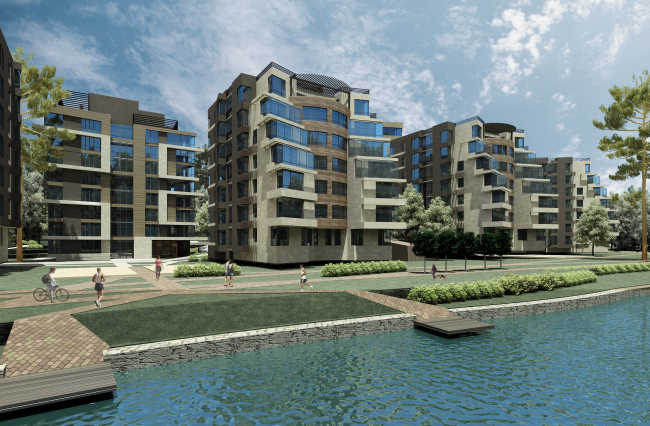
Residential complex "Olympian Village Novogorsk. Apartments" © «Arkhitecturium»

Residential complex "Olympian Village Novogorsk. Apartments" © «Arkhitecturium»
The "Golf House" combines these two themes: the house faces the river with the frames and the forest - with the triangular bay windows. But then again, the frames are but one story high here, and the bay windows do not stand out from the main volume too far. Uniting the floors into groups of 3 and 4, the latter visually compensate for the excessive length of the facade, likening it to a mechanism whose wheels are about to start turning. And from the side of the embankment, this role is played by the glazed ridges of the stairway blocks - the transparent verticals fight for the sections, preventing the "frames" from arraying into too long lines.
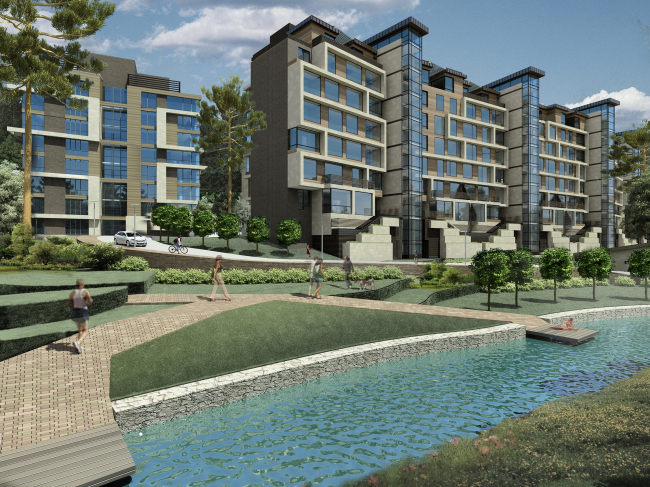
Residential complex "Olympian Village Novogorsk. Apartments" © «Arkhitecturium»
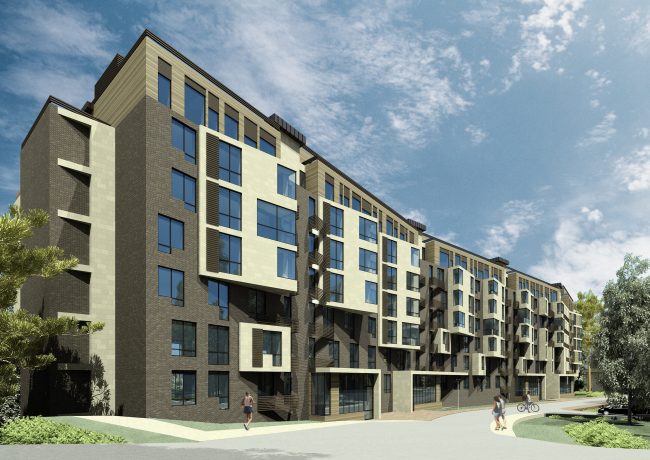
Residential complex "Olympian Village Novogorsk. Apartments" © «Arkhitecturium»
The largest of all are the terrace houses, mostly because the architects did not dare to leave balconies open. Afraid that it the future the tenants would glaze these balconies in every conceivable manner, shape, and form, the architects employed the "slanted glazing", beyond which only the laconic pergolas protrude. The theme of the diagonals and the dynamic slants is continued in the design of the stylobate, as well as in the adjoining building of the sport school. The latter's architecture is probably the most expressive here - it is the "visiting card" of the entire neighborhood, it really enthralls the observer with its play of surfaces, joints, and facets, the game that manifests itself literally in everything, from the relief emblem in the shape of two wrestlers (by Oleg Borodin) to the upper lights that look as if they "run though" the roof.
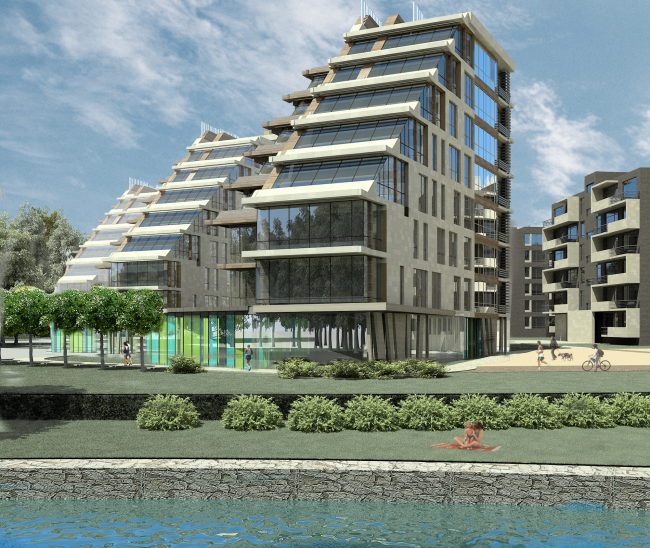
Residential complex "Olympian Village Novogorsk. Apartments" © «Arkhitecturium»
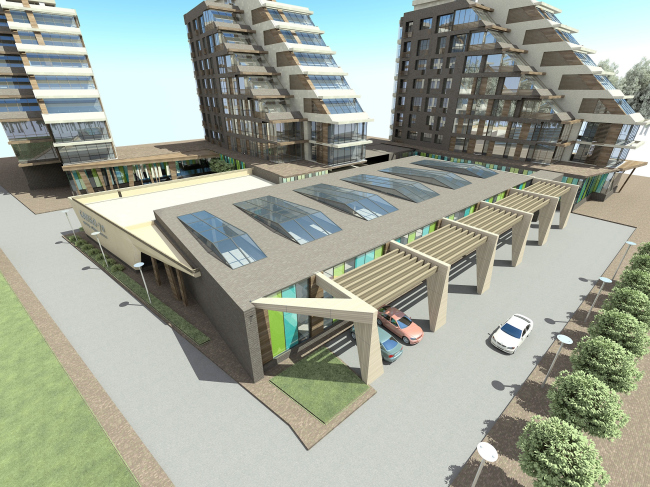
Residential complex "Olympian Village Novogorsk. Apartments" © «Arkhitecturium»
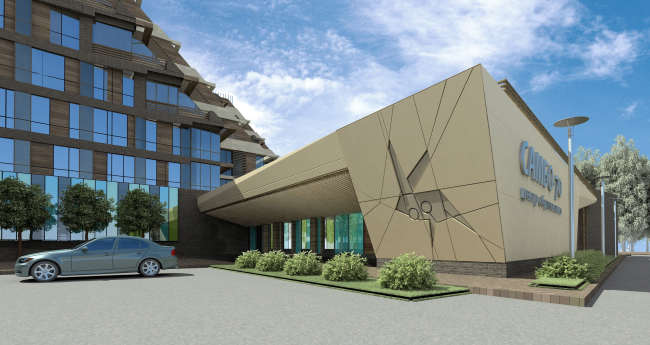
Residential complex "Olympian Village Novogorsk. Apartments" © «Arkhitecturium»
An interesting antithesis to this dynamics is to be provided by the landscaped embankment of the Skhodnya, completely vehicle-free and meant for the public recreation. It will have three levels: the lower, a.k.a the "beach" one that will give the people an opportunity to come down to the water, the top one - the landscaped embankment itself, and the medium one that will have in it small-scale walking squares. Between themselves, these tiers will be linked with stairways and ramps that will turn the high bank of the Skhodnya into a comfortable public territory capable of offering the people of the new neighborhood a whole number of holiday camping scenarios by the riverside.
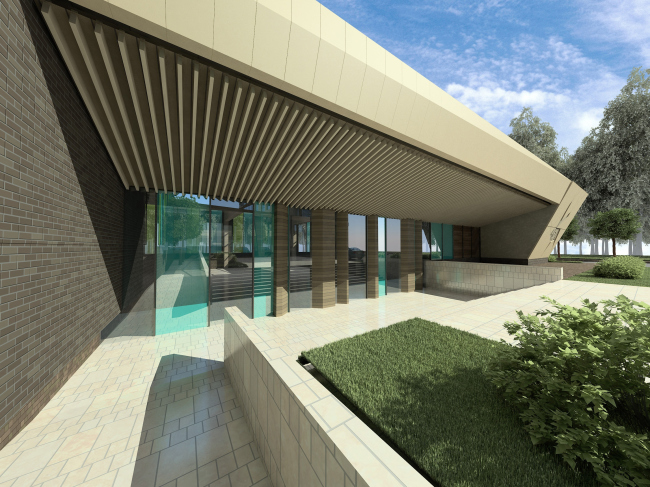
Residential complex "Olympian Village Novogorsk. Apartments" © «Arkhitecturium»

Residential complex "Olympian Village Novogorsk. Apartments" © «Arkhitecturium»
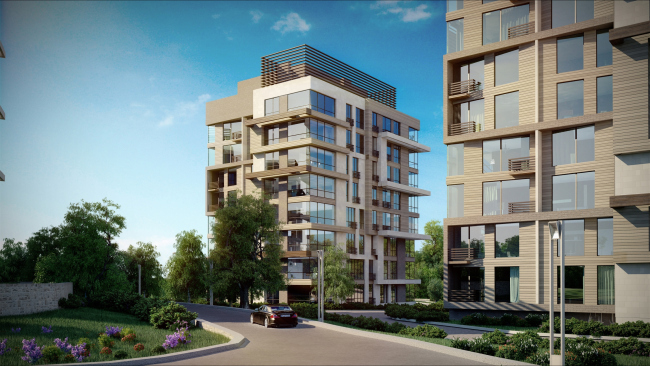
Residential complex "Olympian Village Novogorsk. Apartments" © «Arkhitecturium»
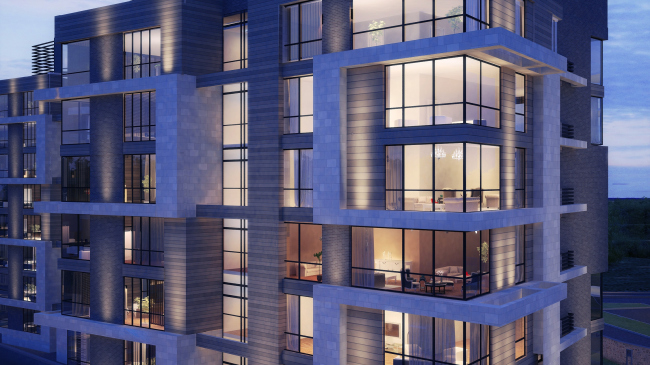
Residential complex "Olympian Village Novogorsk. Apartments" © «Arkhitecturium»
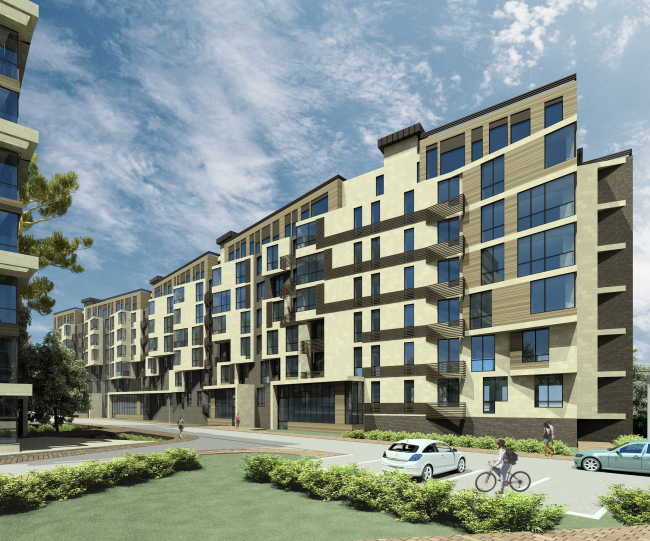
Residential complex "Olympian Village Novogorsk. Apartments" © «Arkhitecturium»

Residential complex "Olympian Village Novogorsk. Apartments" © «Arkhitecturium»
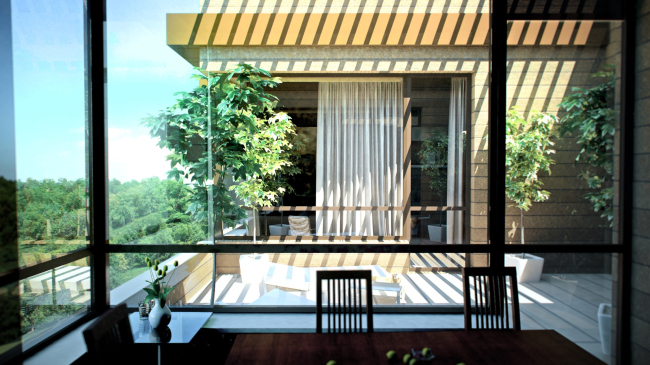
Residential complex "Olympian Village Novogorsk. Apartments" © «Arkhitecturium»

Residential complex "Olympian Village Novogorsk. Apartments" © «Arkhitecturium»
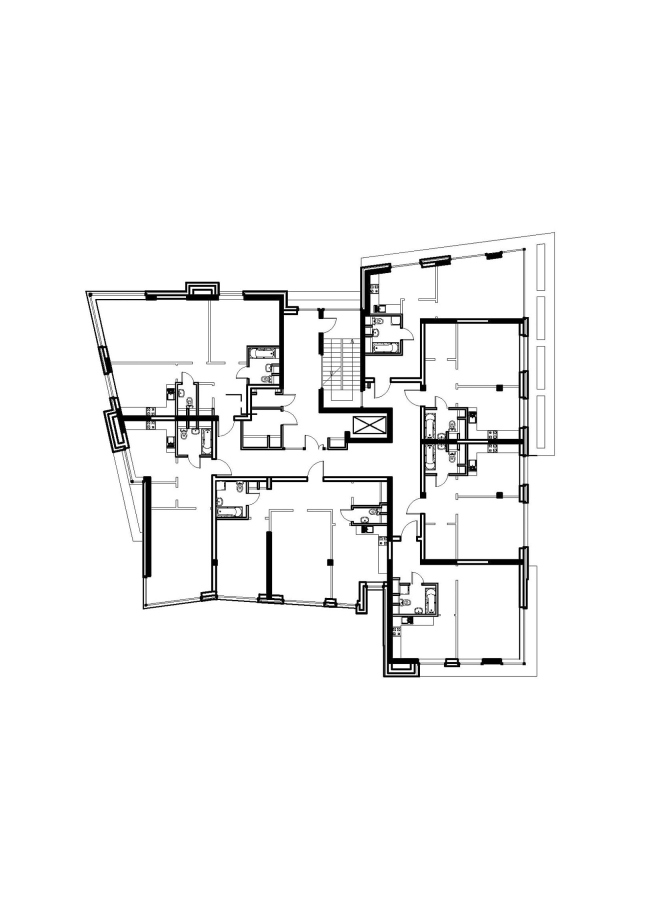
Residential complex "Olympian Village Novogorsk. Apartments" © «Arkhitecturium»
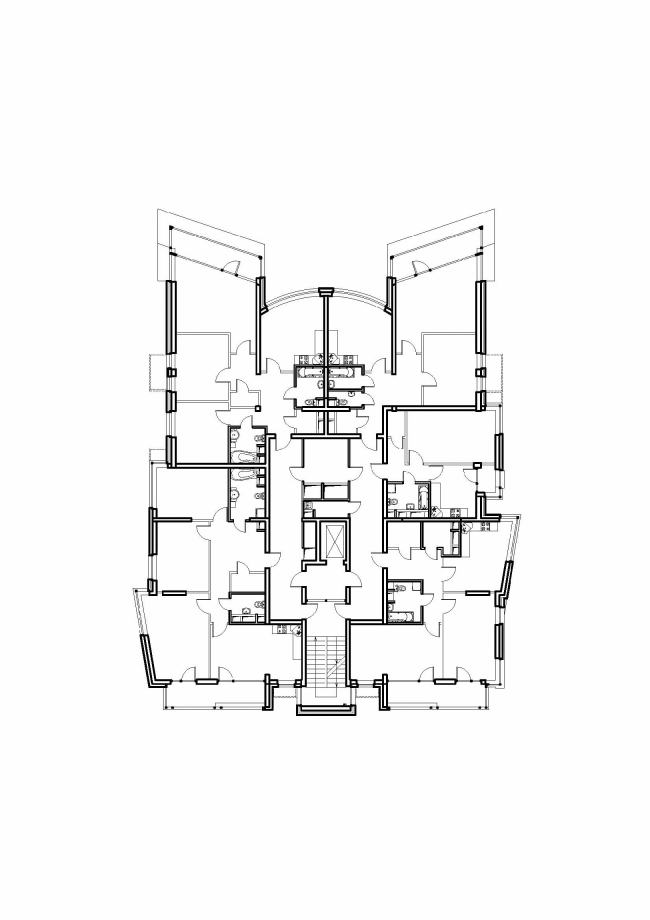
Residential complex "Olympian Village Novogorsk. Apartments" © «Arkhitecturium»
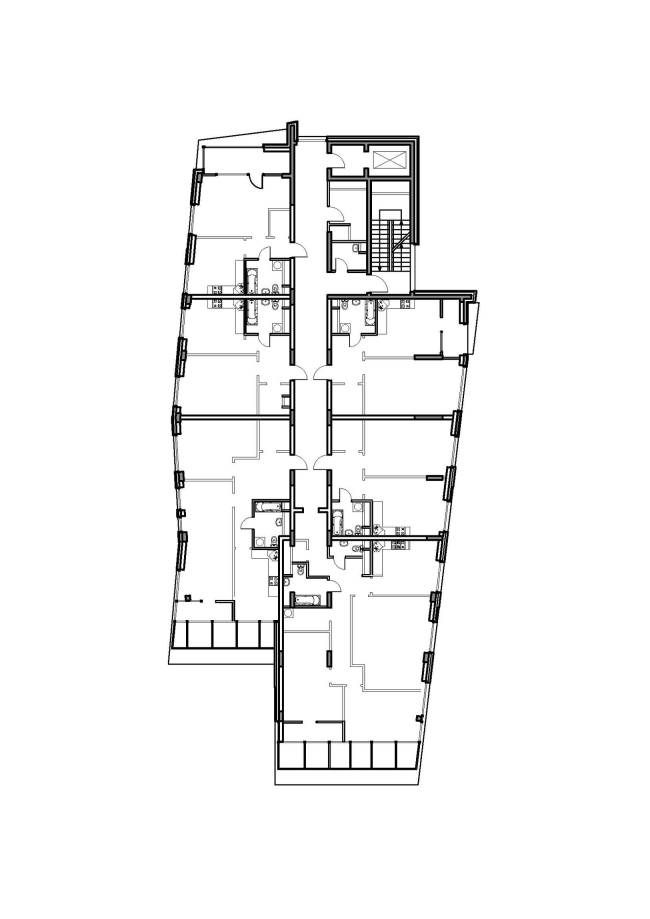
Residential complex "Olympian Village Novogorsk. Apartments" © «Arkhitecturium»
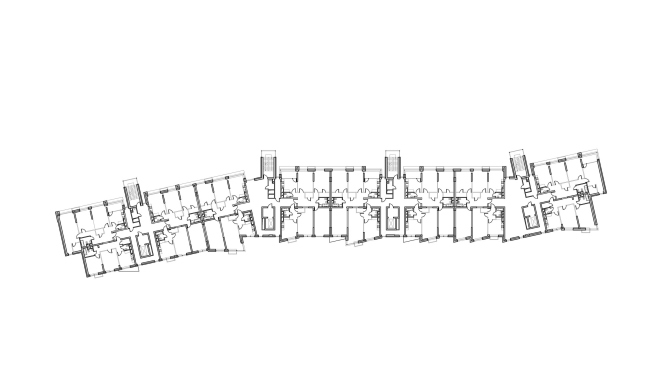
Residential complex "Olympian Village Novogorsk. Apartments" © «Arkhitecturium»
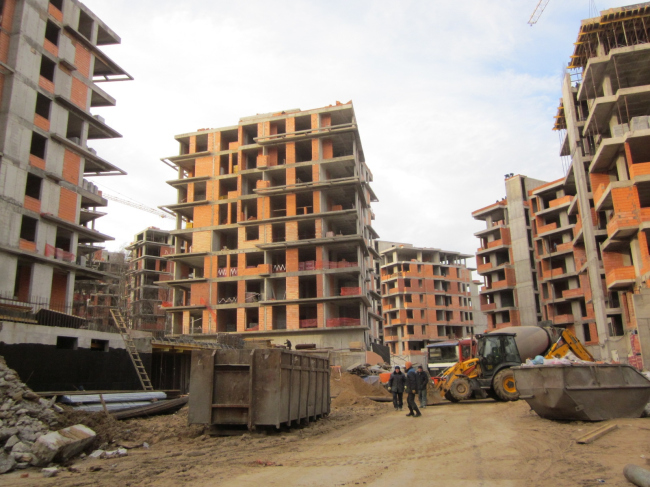
Residential complex "Olympian Village Novogorsk. Apartments" © «Arkhitecturium»
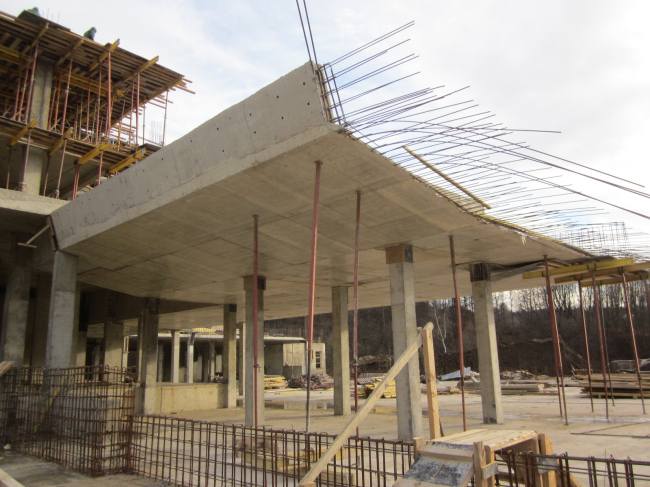
Residential complex "Olympian Village Novogorsk. Apartments" © «Arkhitecturium»

